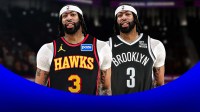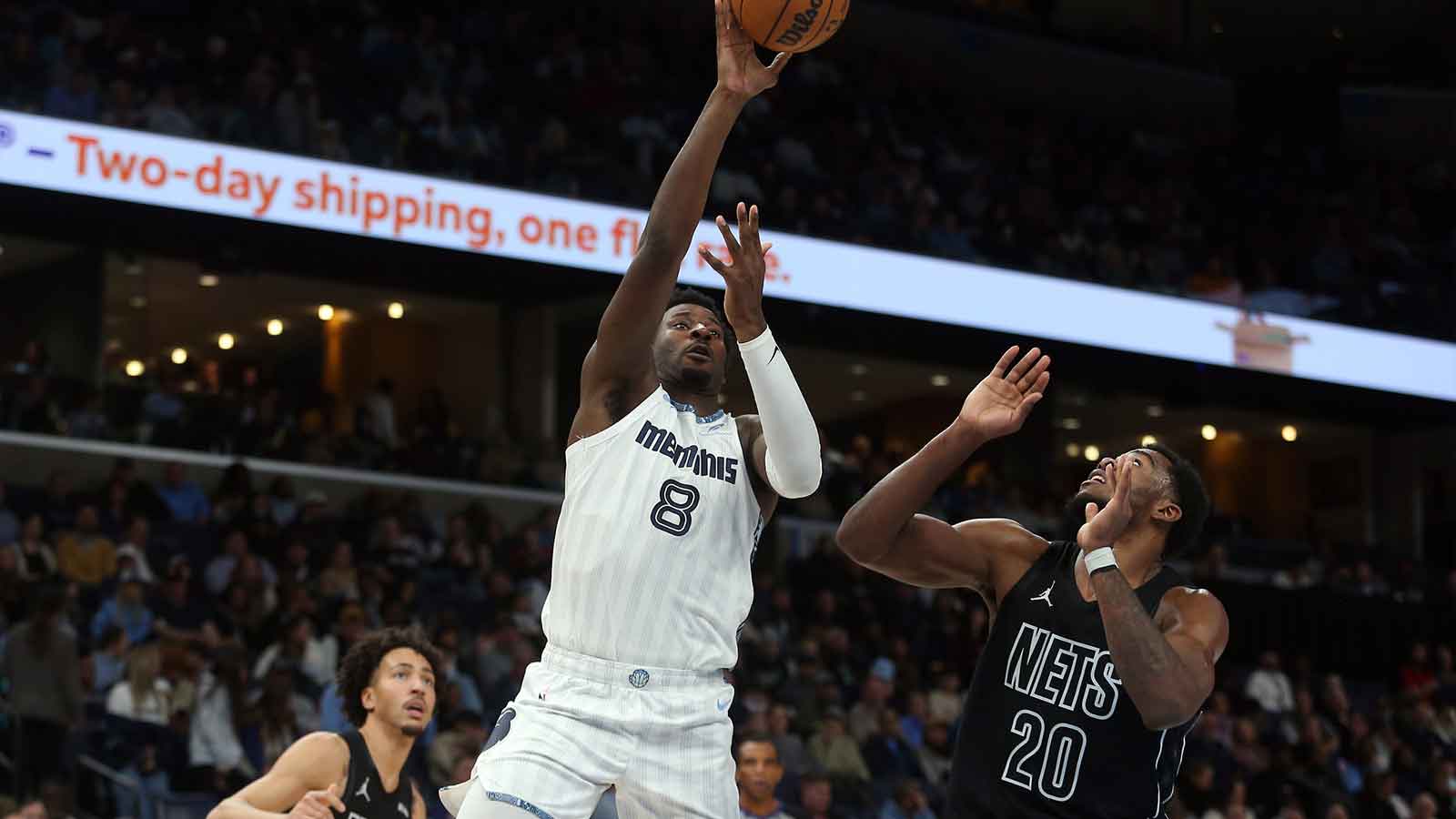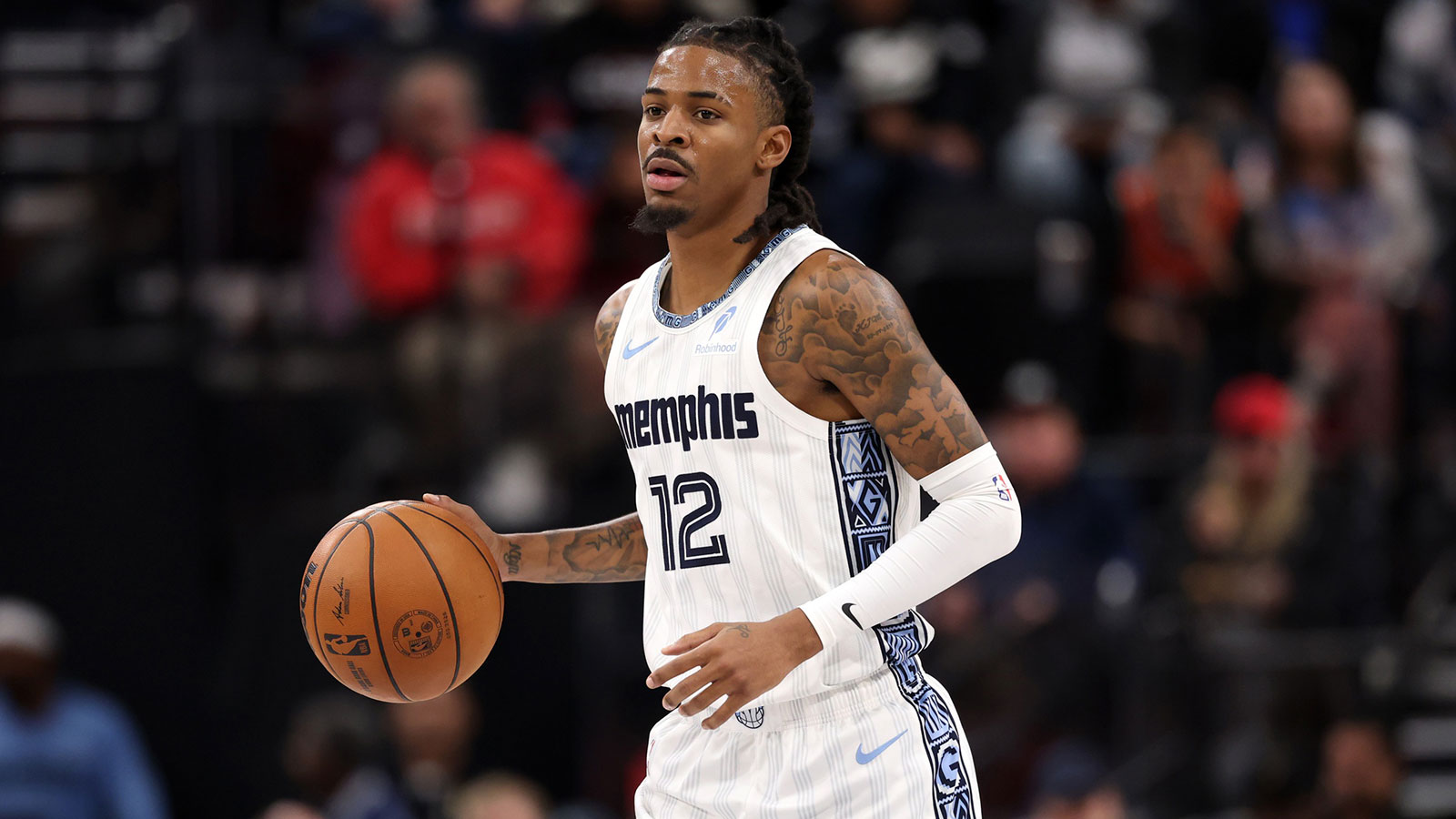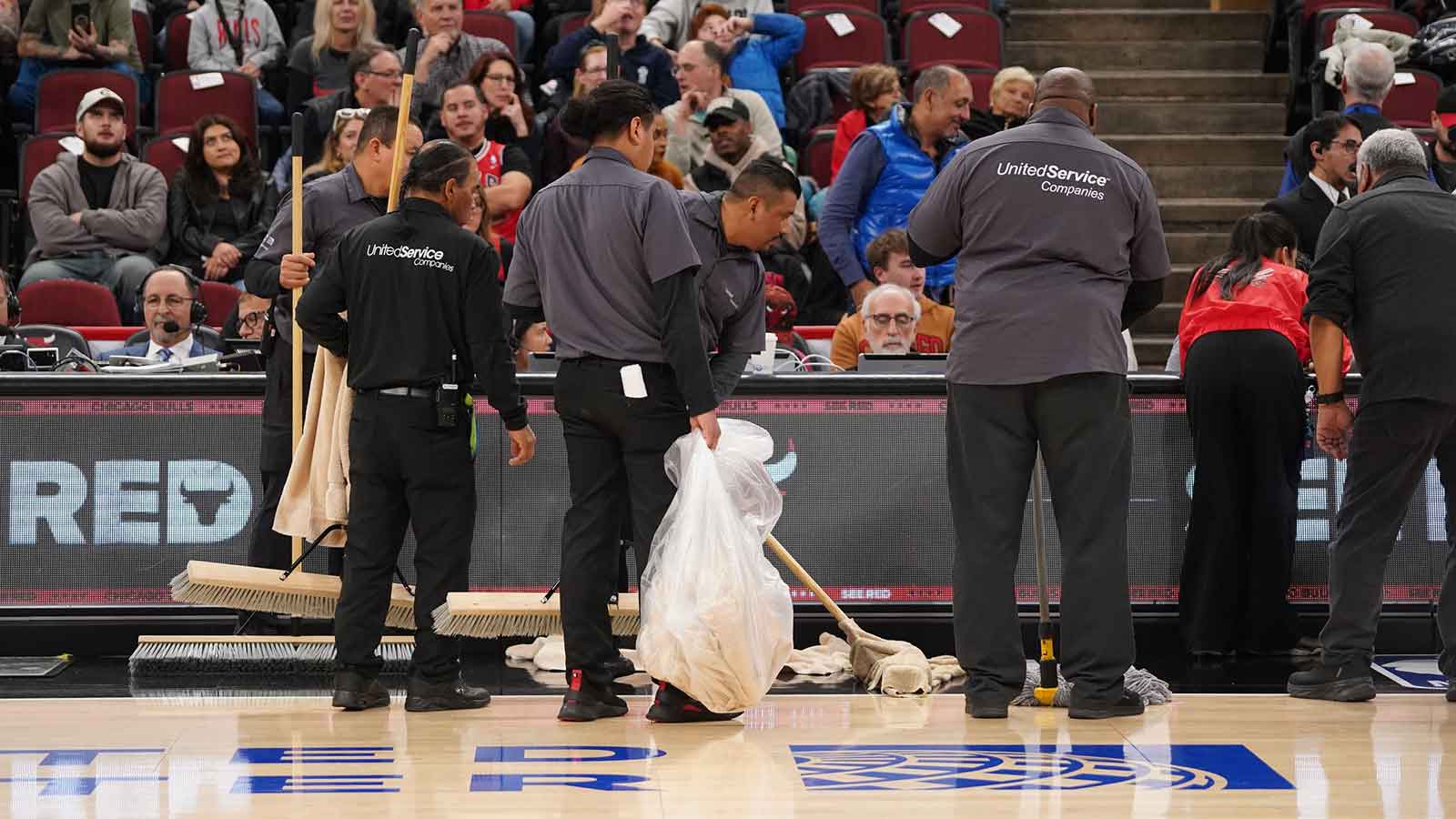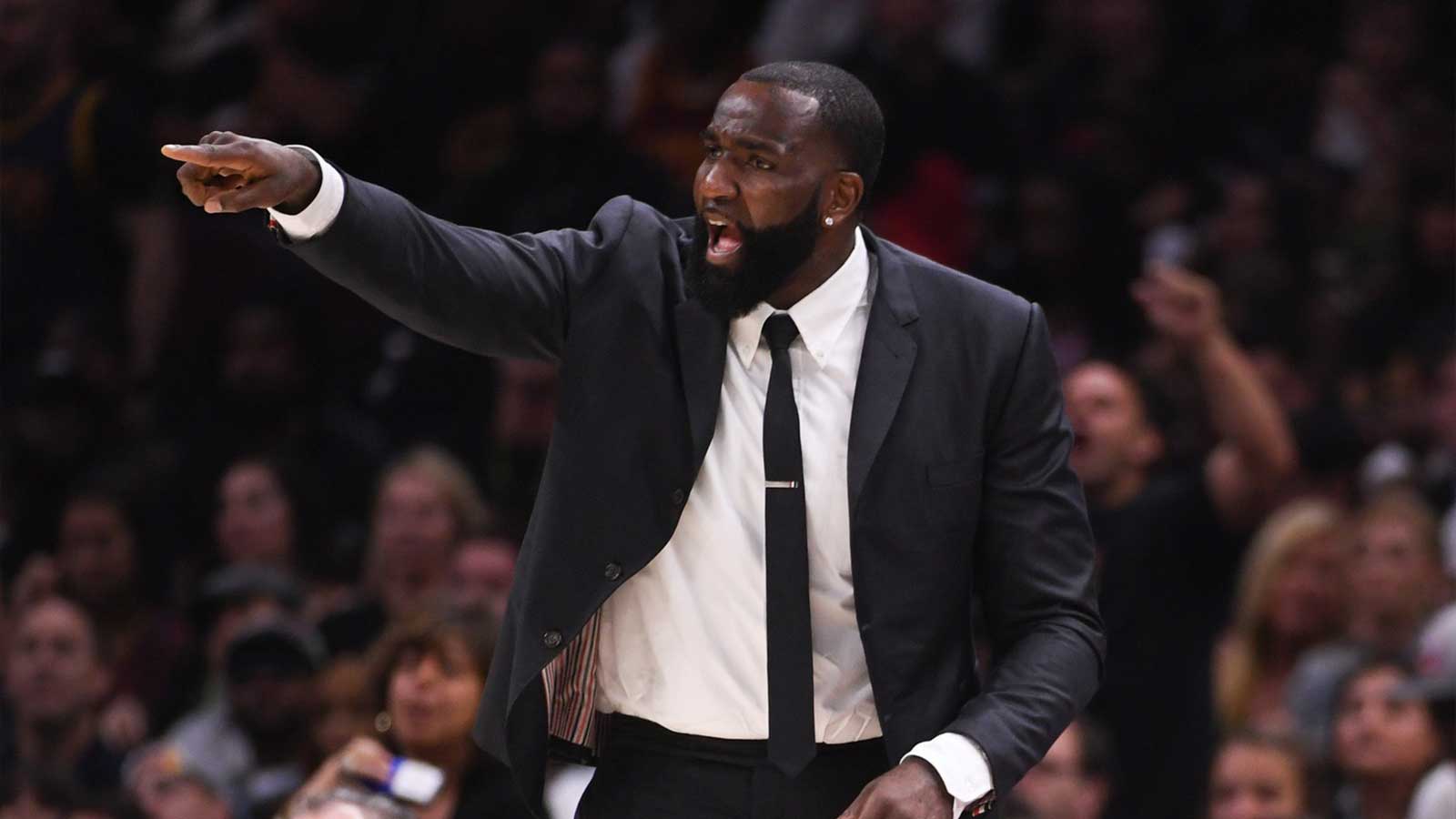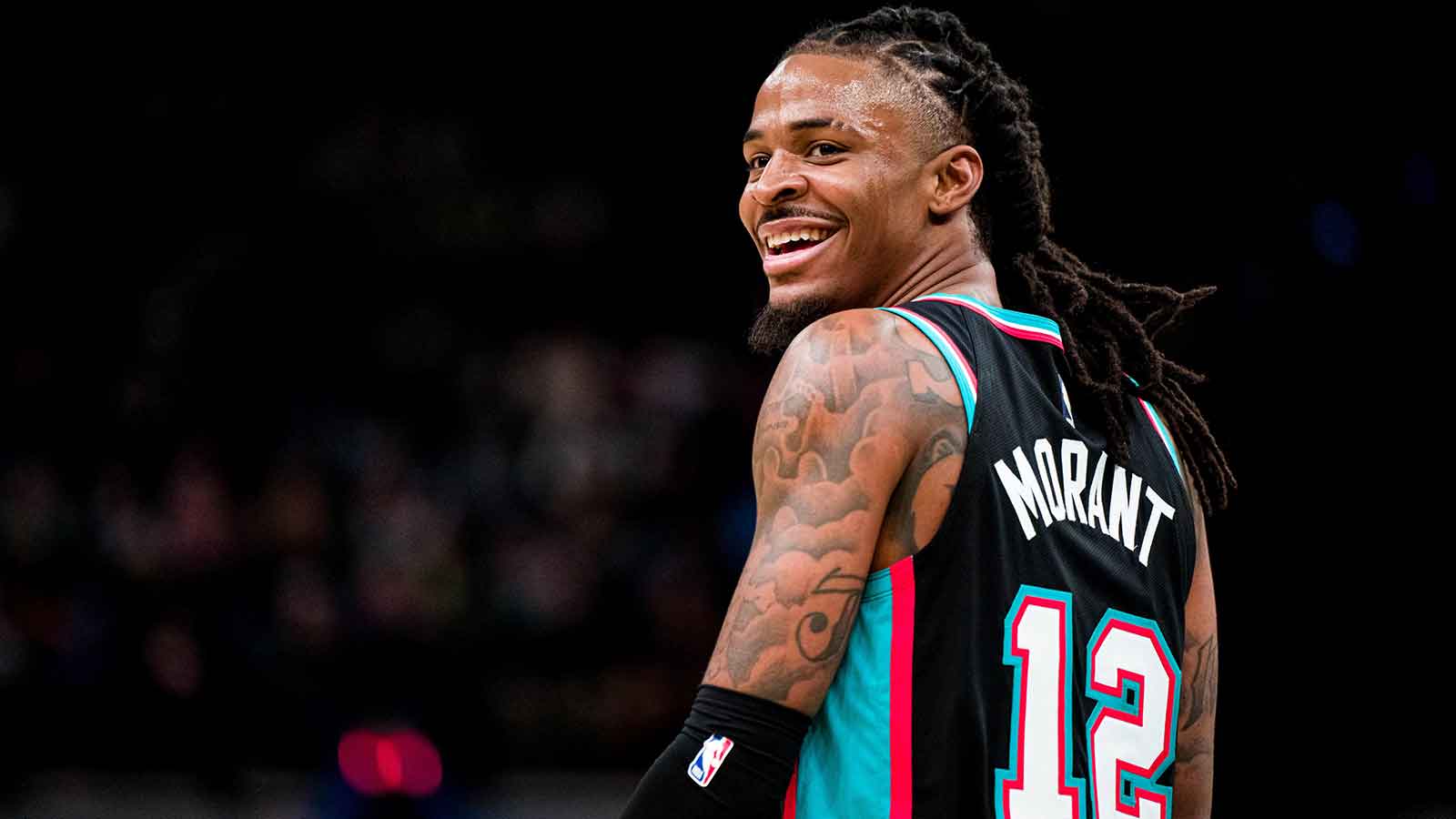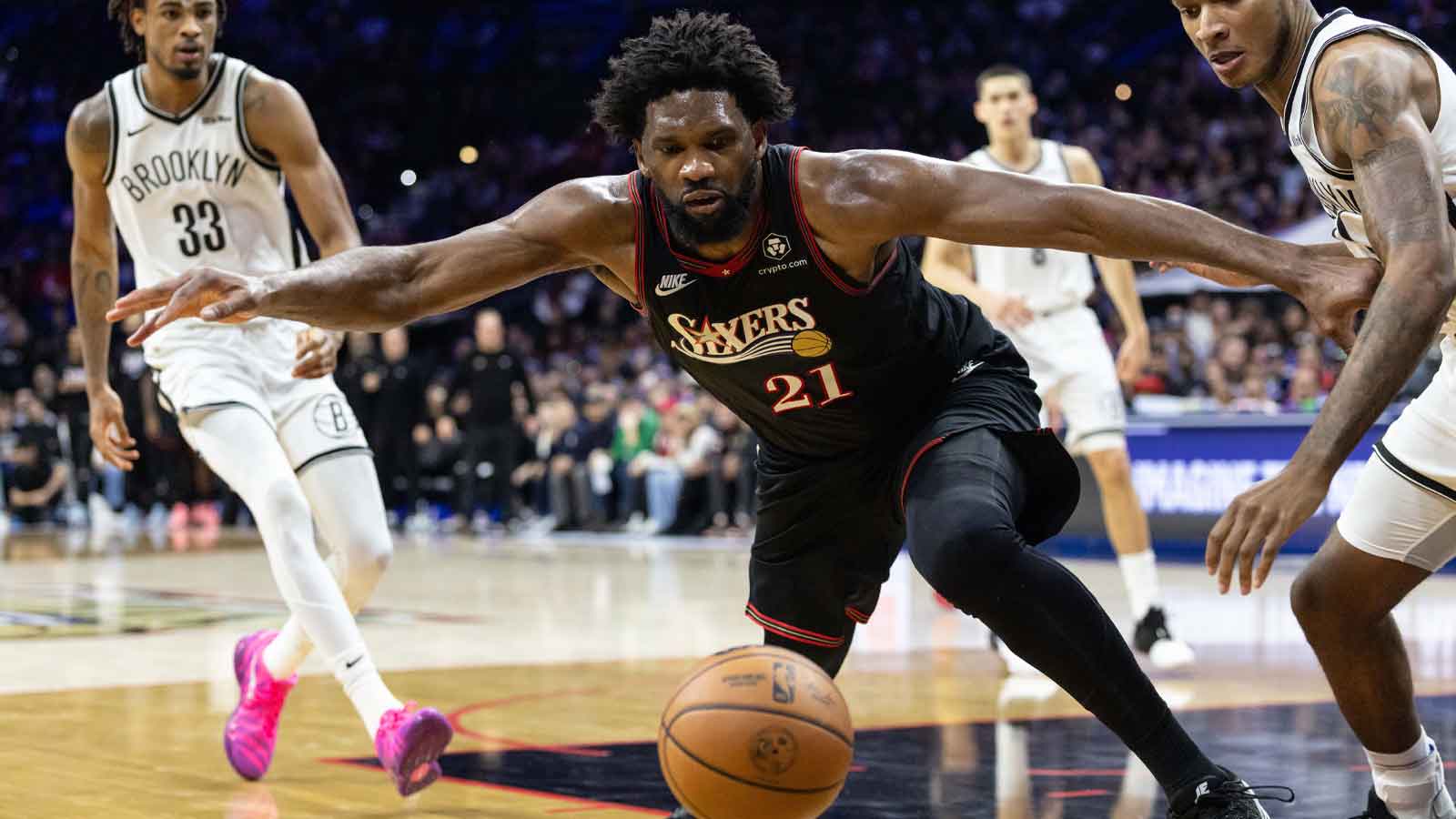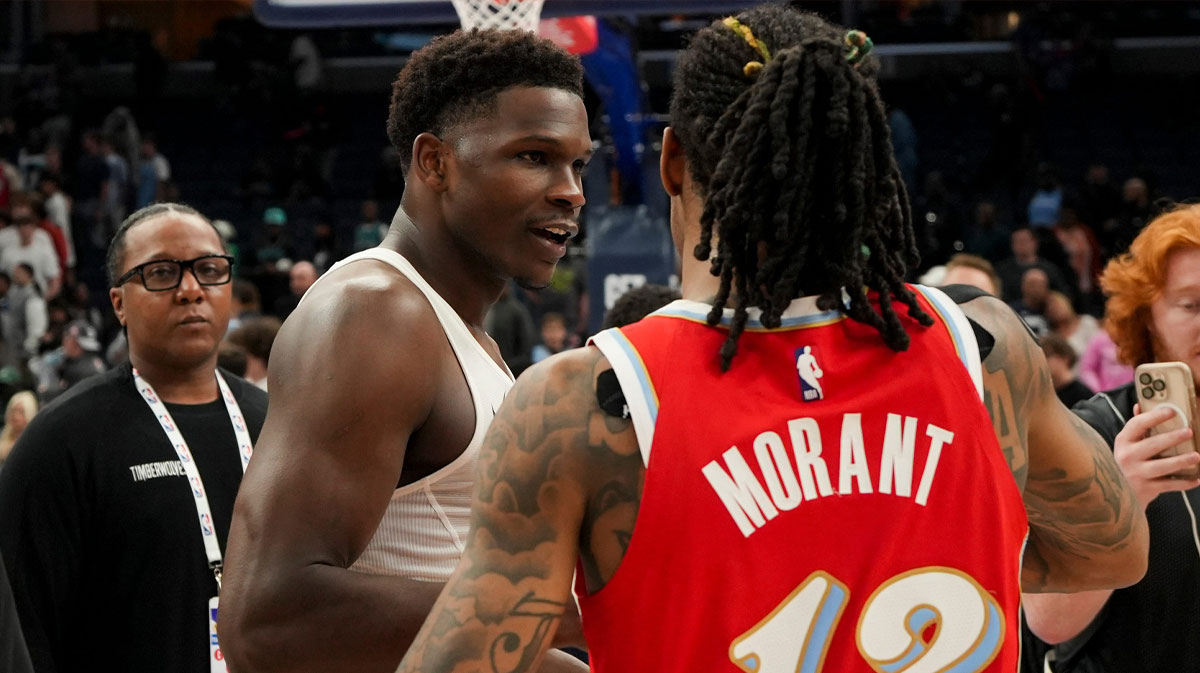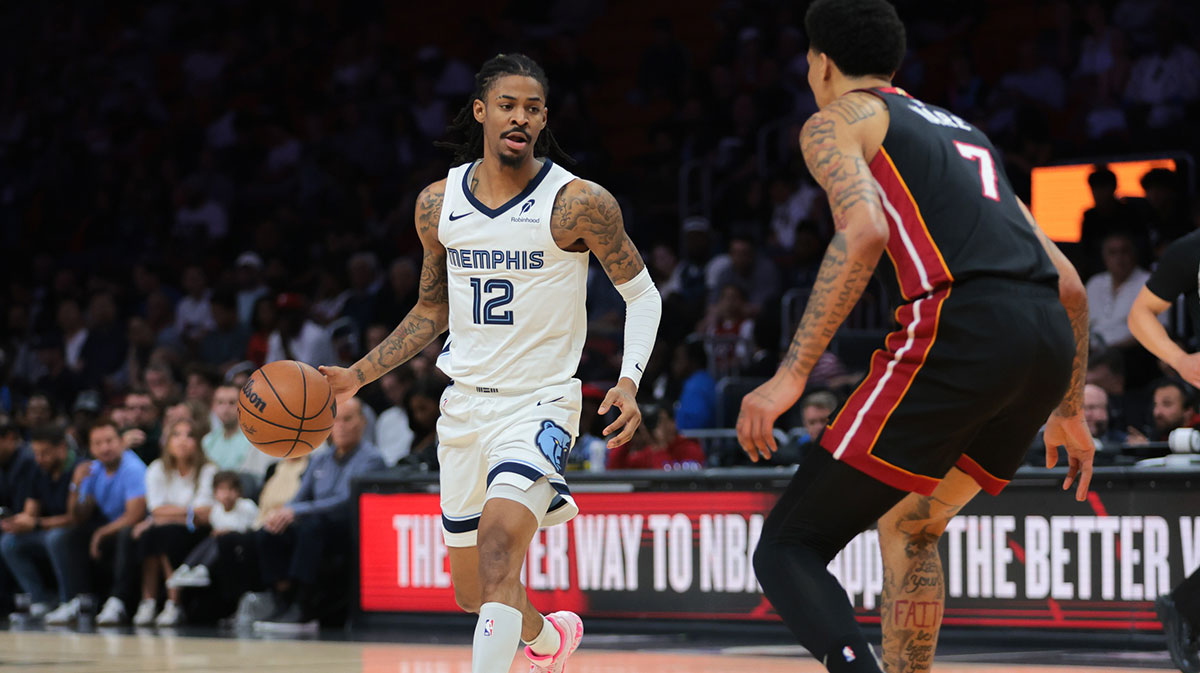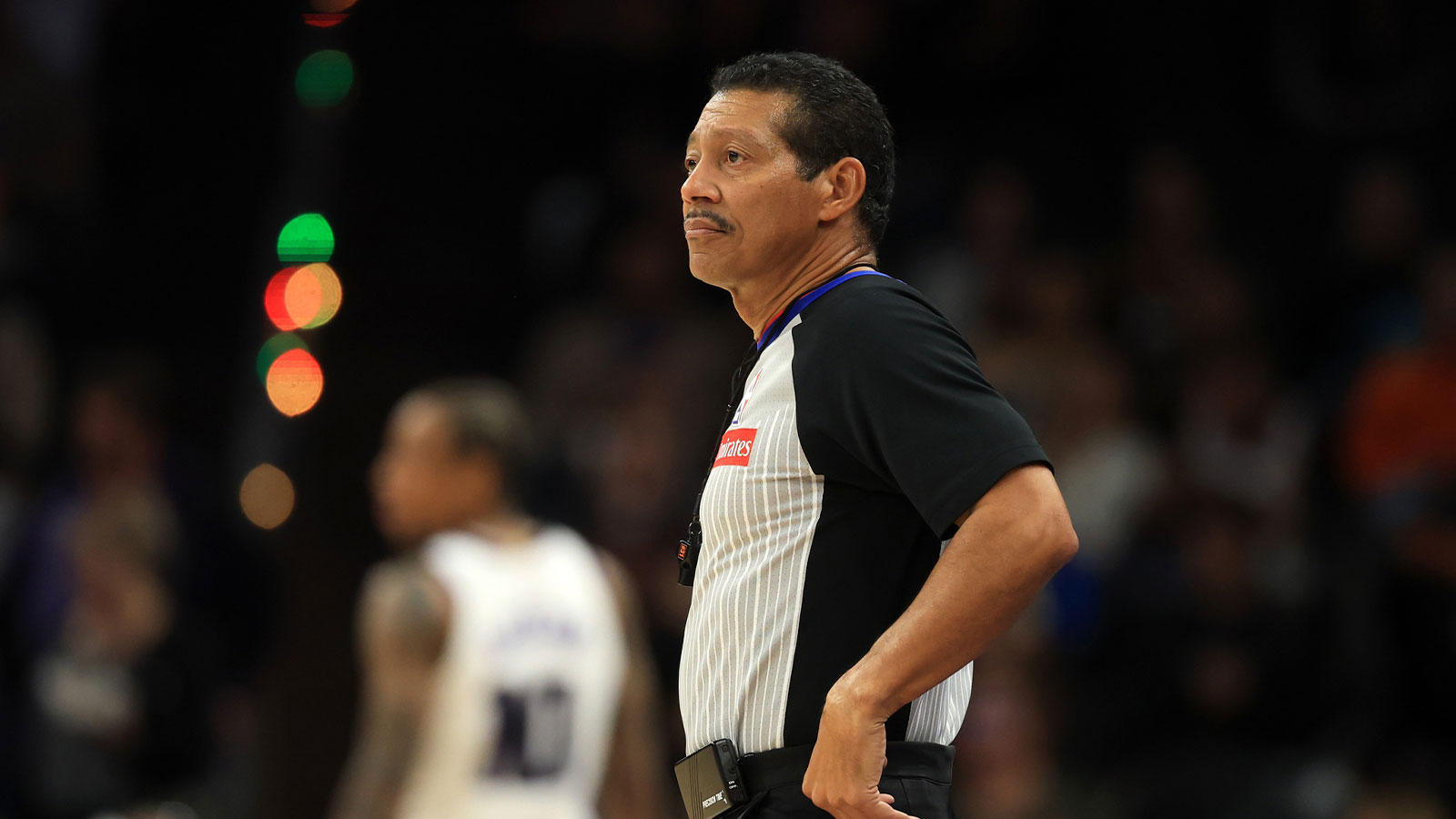It's difficult to imagine the NBA existing without the draft lottery, but there indeed was a time when the league decided which team would get the number one draft pick with a coin toss. Prior to the institution of the lottery in 1985, the teams with the worst record in each conference had a 50 percent chance to nab the most coveted draft selection, which truly rewarded putridity.
However, the modern rules of the NBA Draft Lottery have made it more difficult for the worst teams in the league to cash in on their awful play. The three worst teams have a 14 percent chance each to win the lottery — a steep drop-off from the 25 percent chance the worst team had from 1994 to 2017 — and in the case of the 2023 NBA Draft, a chance to turn the franchise around by drafting Victor Wembanyama.
The uncertainty brought forth by the draft lottery makes it must-see television for fans who are holding on to hope regarding the future of their franchise. Nevertheless, throughout the course of history, winning the NBA Draft Lottery hasn't exactly been a surefire ticket to championship contention.
Listed below is every number one overall pick since 1985.
1985: Patrick Ewing, New York Knicks (14.29 percent chance)
The lottery system in 1985 wasn't yet the weighted one we've come to know these days. The seven worst teams in the NBA all had an equal chance of winning the lottery, with the first envelope former commissioner David Stern picks out of a hopper determining which team nabs the first overall pick.
Legend has it that the NBA rigged the first-ever lottery in favor of the Knicks, effectively setting them up for years of contention in the 1990s thanks to the steadiness of Patrick Ewing, one of the centers that came to define that era of hard-nosed basketball.
1986: Brad Daugherty, Cleveland Cavaliers (14.29 percent chance, from Los Angeles Clippers via Philadelphia 76ers)
Some teams weren't managed well in the 1980s. The Cavs were one of them, with their former owner Ted Stepien making some boneheaded trades they had to make a rule to prevent him from causing further damage. But at the very least, they also benefitted from the ineptitude of another franchise, nabbing Brad Daugherty in 1986 for Roy Hinson, a player who wouldn't even last a season with the Sixers.
1987: David Robinson, San Antonio Spurs (14.29 percent chance)
David Robinson may not have played the first two seasons since he was drafted first overall by the Spurs, but he certainly proved to be well worth the wait. A nightly 20-10 threat, his low-post game and imposing presence on the interior elevated a Spurs franchise that hasn't really achieved much prior to his arrival.
1988: Danny Manning, Los Angeles Clippers (14.29 percent chance)
The Clippers franchise, without a doubt, is one of the unluckiest in NBA history. But in 1988, they received a golden opportunity to draft a game-changer, selecting Danny Manning first overall. However, Manning, despite having a long, productive career, wasn't quite the transformative presence the franchise was screaming for amid a weak draft class.
1989: Pervis Ellison, Sacramento Kings (11.11 percent chance)
Speaking of snakebitten franchises, the Kings appeared to turn their fortunes around by winning the 1989 draft lottery, jumping up five spots in the process. However, they proceeded to use that selection on Pervis Ellison, a man who would only play 34 games for the franchise before the Kings dealt him away to the Washington Bullets.
1990: Derrick Coleman, New Jersey Nets (16.67 percent chance)
Reforms to the NBA Draft Lottery made it easier for the Nets franchise to nab Derrick Coleman, one of the most coveted prospects coming out of college during his time. From having one envelope for the seven worst teams (which became nine in 1989), the worst team now has 11 chances out of 66 (16.67 percent) to win the lottery.
1991: Larry Johnson, Charlotte Hornets (10.61 percent chance)
Grandmama was one of the most electric players of his time, and the Hornets, which only recently entered the NBA at this point via expansion, benefitted so much from his injection of energy. Alas, the beef between Johnson and eventual co-star Alonzo Mourning simmered to the point of no return, although those trades did spur the Hornets' most successful six-year stretch.
1992: Shaquille O'Neal, Orlando Magic (15.15 percent chance)
Drafting a player of O'Neal's caliber is exactly what a franchise would want out of a number one overall selection. His presence immediately made the Magic a respectable team, and by 1995, they were already competing for an NBA championship.
1993: Chris Webber, Orlando Magic (1.52 percent chance)
The lottery leap the Magic made in 1993 still holds the record for the least likely leap in lottery history. This gave the Magic the chance to add yet another blue-chipper alongside Shaq, trading away the pick that became Webber to the Golden State Warriors for Penny Hardaway.
1994: Glenn Robinson, Milwaukee Bucks (16.3 percent chance)
The Big Dog had a productive career with the Bucks, but they certainly would have been better off drafting Jason Kidd with this selection.
1995: Joe Smith, Golden State Warriors (9.4 percent chance)
Smith was one of the best collegiate prospects of his time, and in a big man-dominated era, the Warriors bet that he'd be their long-term franchise cornerstone. They bet wrong.
1996: Allen Iverson, Philadelphia 76ers (33.73 percent chance)
For a stretch, the lottery odds became kind of funky due to the presence of the Vancouver and Toronto expansion franchises. But the Sixers won't be mad at all, as it helped them land one of the biggest stars in franchise history in Iverson.
1997: Tim Duncan, San Antonio Spurs (21.6 percent chance)
Tim Duncan is the poster boy for the ideal number one overall pick: he immediately vaults a team into title contention, he's the epitome of a winning player, and he's loyal, having stayed with the Spurs franchise for the entirety of his illustrious career.
1998: Michael Olowokandi, Los Angeles Clippers (22.56 percent chance)
The Clippers simply couldn't get out of their own way. In a draft class that boasted at least eight solid rotation players in the top 10, they proceeded to select the worst out of them in the Kandi Man.
1999: Elton Brand, Chicago Bulls (15.7 percent chance)
Former Bulls GM Jerry Krause reaped the rewards of his long-awaited rebuild by nabbing Elton Brand with the first overall pick in 1999. However, Brand only lasted two years in the Windy City before being traded to the Clippers.
2000: Kenyon Martin, New Jersey Nets (4.4 percent chance)
Thought by pundits to be one of the worst draft classes of all time, the Nets, at the very least, drafted a vital piece of their contending teams in the early 2000s in Kenyon Martin by jumping up six spots in the NBA Draft Lottery.
2001: Kwame Brown, Washington Wizards (15.7 percent chance)
In Jordan's third year of involvement with the Wizards, it seemed like things were looking up after they won the lottery. But the Wizards proceeded to take Brown instead of Tyson Chandler or Pau Gasol, the two selections made immediately after their horrendous draft choice.
2002: Yao Ming, Houston Rockets (8.9 percent chance)
Drafting Yao with the first overall pick in 2002 not only helped the Rockets become a playoff team in the 2000s, it also helped them achieve considerable commercial success in China.
2003: LeBron James, Cleveland Cavaliers (22.5 percent chance)
The Cavs could not have been more fortunate to have won the NBA Draft Lottery during a year where James, who was ticketed by many for greatness since day one, was the grand prize. The King went on to lead the Cavs to much success in the mid to late 2000s, before he took his talents to South Beach in 2010. At least James returned to Cleveland in 2014 and won the franchise's first-ever ring with a rousing 3-1 comeback in 2016.
2004: Dwight Howard, Orlando Magic (25 percent chance)
It may not have ended on the best of terms for Howard and the Magic, but at his peak, he was a singular game-changing defensive presence who was good enough to lead a team to an NBA Finals appearance in 2009.
2005: Andrew Bogut, Milwaukee Bucks (6.3 percent chance)
The Bucks weren't able to maximize Bogut's skillset as an underrated rim-protecting big, and they ended up trading Bogut away for a season and a half of Monta Ellis, hardly an ideal return for the number one overall pick.
2006: Andrea Bargnani, Toronto Raptors (8.8 percent chance)
Dirk Nowitzki's emergence as one of the best players in the NBA certainly played a part in the Raptors' decision to draft Bargnani first overall in 2006. Alas, Bargnani was not the offensive force Nowitzki was, as he largely turned into an empty calories scorer for a Raptors team that had to deal him away to start turning things around.
2007: Greg Oden, Portland Trail Blazers (5.3 percent chance)
The Blazers jumped up six spots in the lottery, earning the chance to take one of two tantalizing prospects: Greg Oden or Kevin Durant. They chose the former, and the rest is history.
2008: Derrick Rose, Chicago Bulls (1.7 percent chance)
It's not too often that a hometown kid who happens to be the best prospect in his draft class ends up with his hometown team, but that's exactly what happened to Rose in 2008. The Bulls overcame great odds, jumping up eight spots to take the player who ended up being the youngest MVP in NBA history.
2009: Blake Griffin, Los Angeles Clippers (17.7 percent chance)
21 years later, the Clippers have another shot at taking the best prospect available, and to their credit, they didn't mess it up, drafting Griffin first overall to set up the foundation of their famous Lob City teams.
2010: John Wall, Washington Wizards (10.3 percent chance)
The Wizards, still reeling from the Gilbert Arenas incident, needed a franchise point guard, and they got the chance to draft the best floor general of the 2010 draft class, jumping up four spots to select Wall and setting themselves up nicely for a few years of playoff contention in the mid-2010s.
2011: Kyrie Irving, Cleveland Cavaliers (2.8 percent chance, from LA Clippers)
The Clippers made one of the greatest blunders of all time when they dealt away their unprotected 2011 first round pick to the Cavs so they could dump Baron Davis' contract. That pick ended up being Kyrie Irving, who, despite being a problem off the court for some of his teams, is one of the most skilled players the league has ever seen.
2012: Anthony Davis, New Orleans Hornets (13.7 percent chance)
Yet another draft that spurred tons of conspiracy theories, many believed that the league rigged the lottery in favor of the Hornets, as the league owned the team during that time. Getting the first overall pick and one of the most surefire draft prospects in recent memory in Davis surely made the prospect of owning the Hornets a more enticing one, eventually leading to its sale in June 2012.
2013: Anthony Bennett, Cleveland Cavaliers (15.6 percent chance)
The 2013 NBA Draft was a crapshoot, and it was regarded by many as one of the worst draft classes ever. Yet, many were surprised when the Cavs took Bennett first overall. Bennett simply did not look like he belonged in an NBA court since day one, and he ended up washing out of the league after just four seasons.
2014: Andrew Wiggins, Cleveland Cavaliers (1.7 percent chance)
How have the Cavs done this? The lottery gods simply smiled at the Cavs, allowing them to complete their championship-winning big three by gifting them the requisite asset to trade for Kevin Love in the same offseason they re-acquired LeBron James in free agency.
2015: Karl-Anthony Towns, Minnesota Timberwolves (25 percent chance)
Whoever is writing the narrative of the NBA Draft Lottery was cooking at this point. After acquiring Wiggins from the Cavs months prior, the Timberwolves ended up winning the lottery, pairing the 2014 first overall pick with the 2015 first overall pick in Towns. Surely, they'd become a championship contender soon, no?
2016: Ben Simmons, Philadelphia 76ers (25 percent chance)
Years after blowing it up on purpose to boost their lottery odds, the Sixers finally won the lottery in 2016, drafting Simmons first overall. However, after passing up on an open layup in the 2021 NBA playoffs, Simmons hasn't yet recovered his All-Star form.
2017: Markelle Fultz, Philadelphia 76ers (25 percent chance, from Brooklyn Nets via Boston Celtics)
Fultz has become an up-and-coming floor general for the Magic, but the road for him wasn't easy. He was supposed to be the three-level scorer the Sixers needed alongside Simmons and Joel Embiid, but Fultz struggled with both injuries and his shot, leading to his eventual trade in 2019. If only the Sixers took Jayson Tatum.
2018: Deandre Ayton, Phoenix Suns (25 percent chance)
In 2018, it seemed like the stars were aligning for the Suns to draft Luka Doncic, especially with Igor Kokoskov at the coaching helm. Alas, Ayton's Arizona ties won out in the end. Five years later, the Suns are surely regretting that decision.
2019: Zion Williamson, New Orleans Pelicans (6 percent chance)
Williamson joins the ranks of the most hyped-up prospects of all time, and for good reason. The Pelicans certainly lucked out when they leapt six spots to claim the number one overall pick in 2019. However, Williamson has struggled to remain healthy, clouding his future in considerable doubt.
2020: Anthony Edwards, Minnesota Timberwolves (14 percent chance)
There were questions surrounding Edwards' love for basketball during the 2020 NBA Draft process. But now, all those concerns have vanished, as Edwards has now emerged as a legitimate star and the Timberwolves' best player.
2021: Cade Cunningham, Detroit Pistons (14 percent chance)
Cunningham's solid end to the 2021-22 season showed glimpses of his future as a ball-dominant star who can create shots from everywhere on the court. However, the shin injury that ended his 2022-23 season prematurely has made people forget what a star he could end up becoming.
2022: Paolo Banchero, Orlando Magic (14 percent chance)
The 2022-23 Rookie of the Year, Banchero has proven the Magic's decision to draft him first overall to be the right one thus far.




